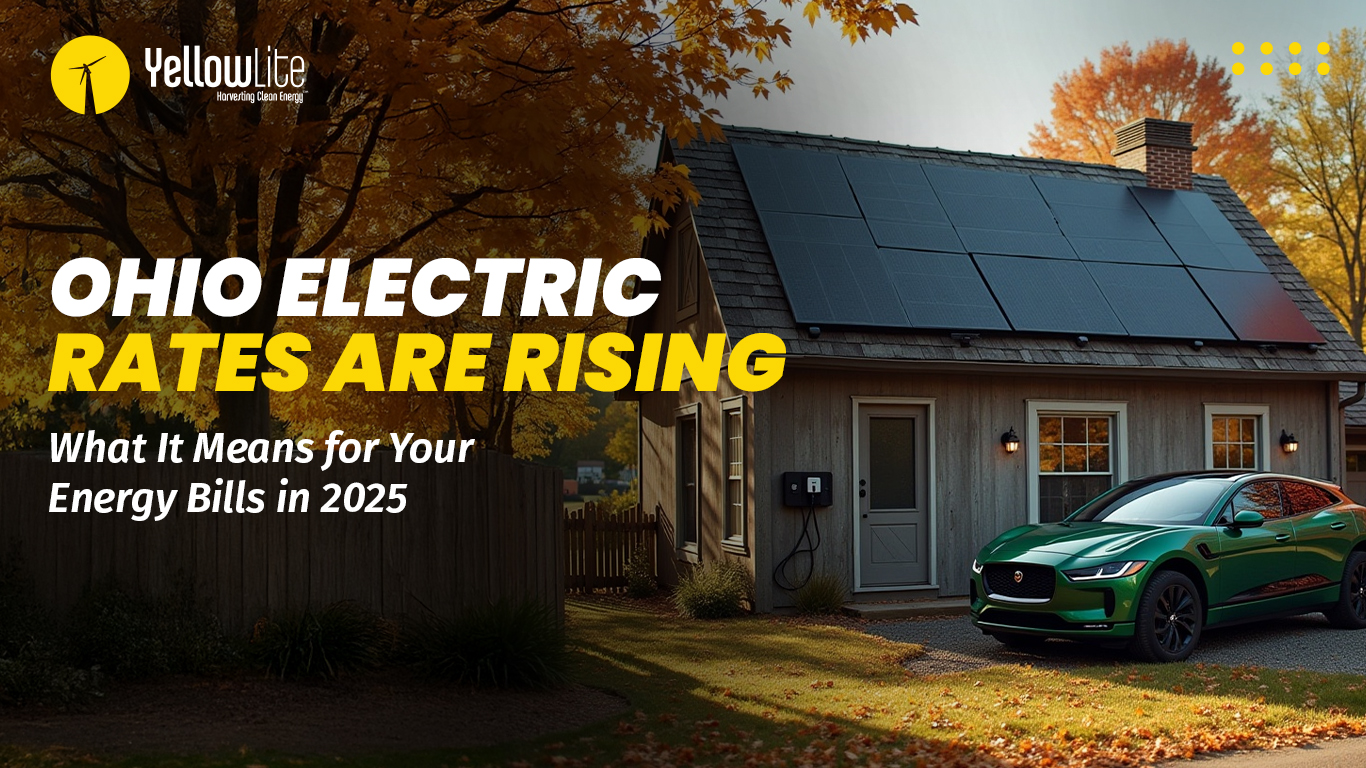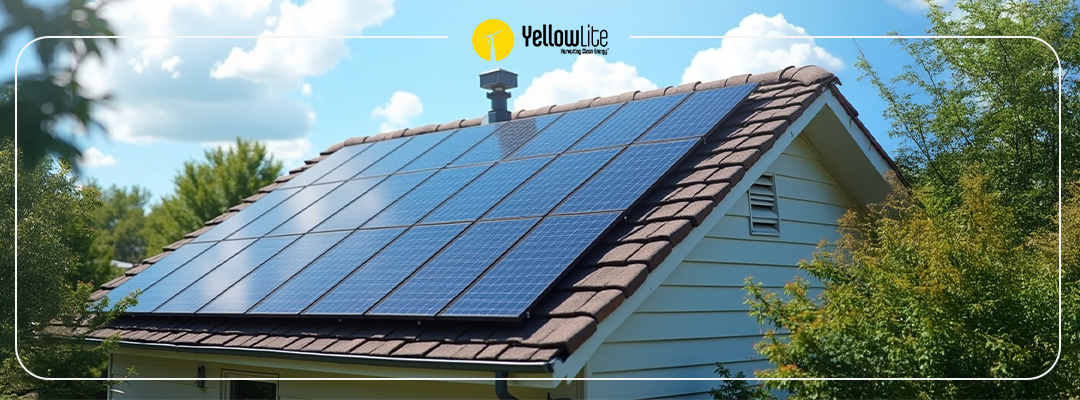As the solar energy market expands, more people are considering going solar. You can go solar for your energy needs, to save on energy costs or to contribute to a greener Earth. You can immediately decide to go solar, but not everyone else can afford the initial costs that come with this decision. This year will see a trend of a large number of people choosing solar, new net metering guidelines, and solar trends. Another advancement to add is community solar.
As awareness about renewable energy increases, more and more people will shift towards solar energy for their electricity needs. For people that cannot afford going solar solo, community solar presents itself as a brilliant option. It brings together a community of people that are keen on going solar but do not have the finances to do so. To answer the most important question you may have at this point, let’s explain what it is:
Community shared solar is a project that is a solar power plant whose electricity is shared by more than one household or business. Likewise, community solar means more than one owner.
All this community solar talk can be confusing. So, let’s talk about shared benefits that come with community solar panels.
Key Considerations:
Simply put, community solar will help you go solar even if you don't own property, or don't want to own panels. It allows investment opportunities for individual investors, households and small businesses. Communities will enjoy solar energy without worrying about panel prices, installations, or permits.
But there are some misconceptions about community solar, such as:
Buying in bulk: In this case, households or businesses buy solar equipment together but for individual use. This is not the same as sharing benefits after panel installations.
Green power: Green power is often confused with going green, green energy, and green living. None of which relate to community solar. Green power means that companies produce renewable energy.
About costs, community solar works on virtual net metering. According to Navigant’s research, in 2015, 88.6 MW of capacity was deployed under community solar programs across America and is expected to be 1.5 GW in 2020, representing a $2.5 billion market. This ensures that you reap the benefits of a solar system without having to fully contribute to the maintenance and the cost of installation.
Benefits:
Many companies are focusing on building community solar projects. If you’re also considering going for community solar then you have two choices. To either own or subscribe to a solar plan.
Ownership: You’ll be able to own some panels or have a share in the project. This will let you enjoy the power produced by your share of the panels.
Subscription: You’ll be able to buy energy produced from the community. This will be at a lower price without the added costs of owning panels.
Other than the ownership plans, there are other technical benefits to community solar panels:
- No Rooftop Requirements
- No Bothersome Installation
- No Upfront Costs
- Cheaper Utility Bills
- Energy Independence
Shared solar programs are becoming more innovative in projects related to solar energy. Sharing panel costs and ownership helps many in choosing community shared solar.And this will help you go solar without the financial and technical barriers.



